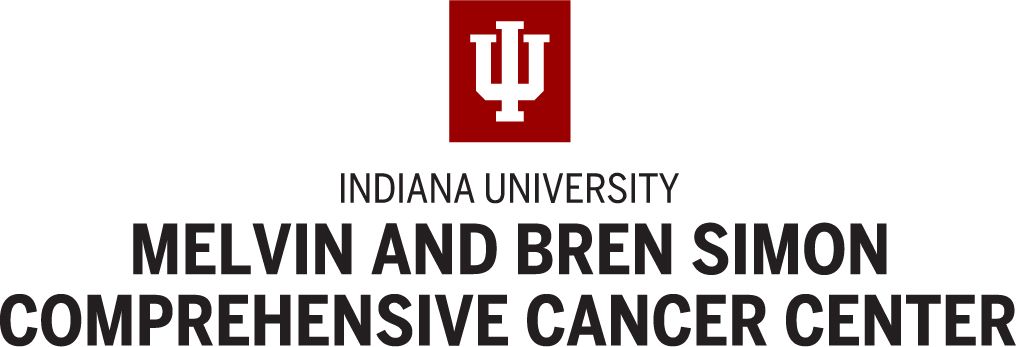- Advertise
- About OncLive
- Editorial Board
- MJH Life Sciences brands
- Contact Us
- Privacy
- Terms & Conditions
- Do Not Sell My Information
2 Clarke Drive
Suite 100
Cranbury, NJ 08512
© 2025 MJH Life Sciences™ and OncLive - Clinical Oncology News, Cancer Expert Insights. All rights reserved.
Dr Suvannasankha on the Potential Mitigation of CRS With REGN5459 in R/R Myeloma
Attaya Suvannasankha, MD, discusses addressing the incidence of cytokine release syndrome in a first-in-human phase 1/2 trial for patients with relaped/refractory multiple myeloma.
Attaya Suvannasankha, MD, associate professor, clinical medicine, Indiana University School of Medicine, discusses addressing the incidence of cytokine release syndrome (CRS) in a first-in-human phase 1/2 trial (NCT04083534) for patients with relaped/refractory multiple myeloma.
Patients with multiple myeloma who are relapsed/refractory or intolerant to at least 3 prior lines of therapy, including an anti-CD38 monoclonal antibody, an immunomodulatory agent, and a proteasome inhibitor, need more effective treatment options, Suvannasankha begins. REGN5459 is a BCMAxCD3 bispecific antibody with low affinity to CD3 on T cells, and it was evaluated in a first-in-human phase 1/2 trial (NCT04083534) in this heavily pretreated population of patients with relapsed/refractory multiple myeloma who have already failed all meaningful therapy options, Suvannasankha notes.
REGN5459 is designed to bind onto myeloma cells and CD3 on T cells, engaging the T cells to kill the cancer cells, Suvannasankha expands. However, due to the agent’s low affinity for CD3, REGN5459 could reduce the burden of CRS without sacrificing efficacy, Suvannasankha notes. T cell–directed therapies, including CAR T-cell therapies and bispecific antibodies, are associated with CRS due to inflammation that occurs after T cells kill cancer cells.
In results from the first-in-human study presented at the 2023 AACR Annual Meeting, 53.5% of patients treated with REGN5459 across all dose levels experienced CRS. Notably, most instances (46.5%) were grade 1 events.
Preclinical models of REGN5459 utilized a platform to adjust the antibodies attaching to the T cells with varying binding strength. By downgrading the binding to T cells, less CRS occurred during the killing of the cancer cells, Suvannasankha explains. This led to the hypothesis that REGN5459 could represent an effective and well-tolerated treatment, Suvannasankha concludes.


